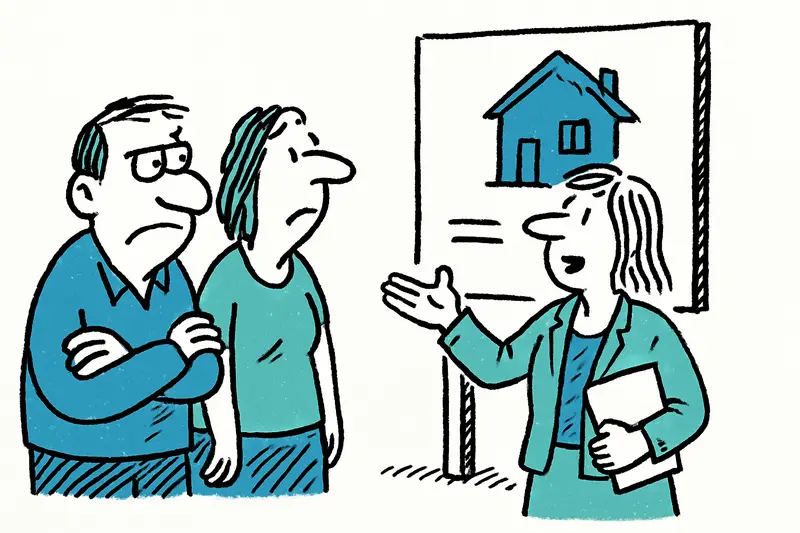The Balearic Islands recorded a decline in foreign buyers in the first half of 2025. Reasons: rising price per square meter and tight supply – a trend that many residents are already feeling.
Decline in foreign buyers: You can feel it on the island
\nThis morning, over a strong espresso at Passeig Mallorca, I spoke with a real estate agent who has been selling houses in Palma for years. She said nothing new, but aptly: \"People are not leaving, they are just calculating differently.\" And exactly that is shown by the current numbers of the Statistical Information Center of Notaries (CIEN).
\nWhat the numbers say
\nIn the first half of 2025, the number of properties sold to foreigners on Mallorca fell by about 6.8 percent—to 2,816 transactions. Only the Canary Islands fared somewhat worse with a decrease of about 7.7 percent. Nationwide, however, the share of sales to foreigners rose by about 2 percent; the leaders were regions in the north such as Asturias (+30.8%) and Castile and León (+25.9%).
\nDespite this decline, the share of non-natives on the Balearics remains high: about 35.3 percent of all sales. German buyers make up almost half of this group (around 50%), followed by Britons with about 11%.
\nWhy fewer buyers
\nBroker associations speak of a \"market adjustment\": The price per square meter for properties bought by foreigners rose on average to around 4,896 €/m² (previous year: 4,492 €/m²). Compared with 2016, that's an increase of about 76 percent. For many prospective buyers, that's simply too much.
\nSince 2019 there has been a persistent rise in prices; during the pandemic there were sometimes strong increases in purchases by foreigners (2021: notable rise). From 2023 there was then a clear cooling: enormous declines in the first half (-31%) and also in the second (-20.7%). In 2024 the market stabilized somewhat: a slight decline at the start of the year, a small increase in the second half.
\nWhat does this mean for the island?
\nFor residents, this means fewer viewings, but hardly any cheaper prices. Vacancies are hardly seen; properties simply change hands more slowly. For the municipality, the question remains: how can housing be made more affordable without choking the market?
\nIn the end, it is a mix of supply, demand and expectations. The CIEN numbers clearly show that many buyers are currently looking at cheaper regions—or waiting. And if you pass by the cafe again next week, there may be two fewer prospective buyers in front of the listing on the board. A small sign, a big impact.
Similar News
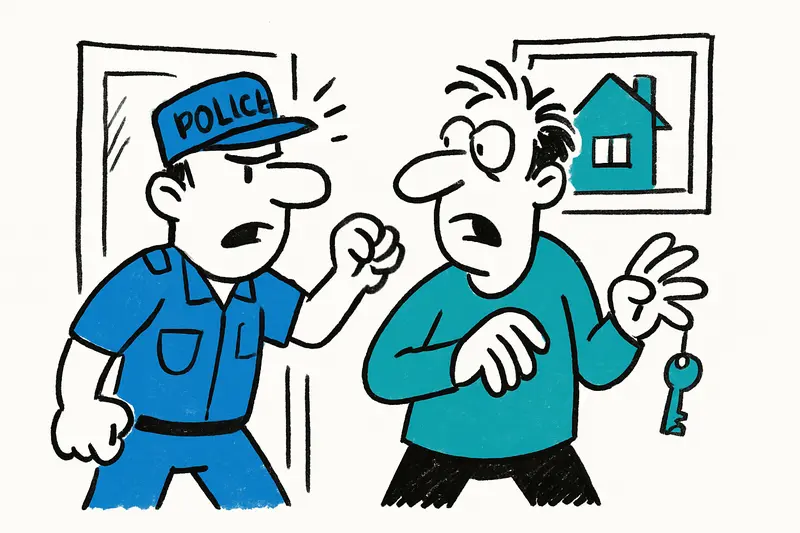
Palma Tightens Crackdown on Illegal Vacation Rentals: Fines Over 300,000 Euros
The Island Council in Palma has imposed substantial penalties on several illegally rented apartments. Almost all units h...
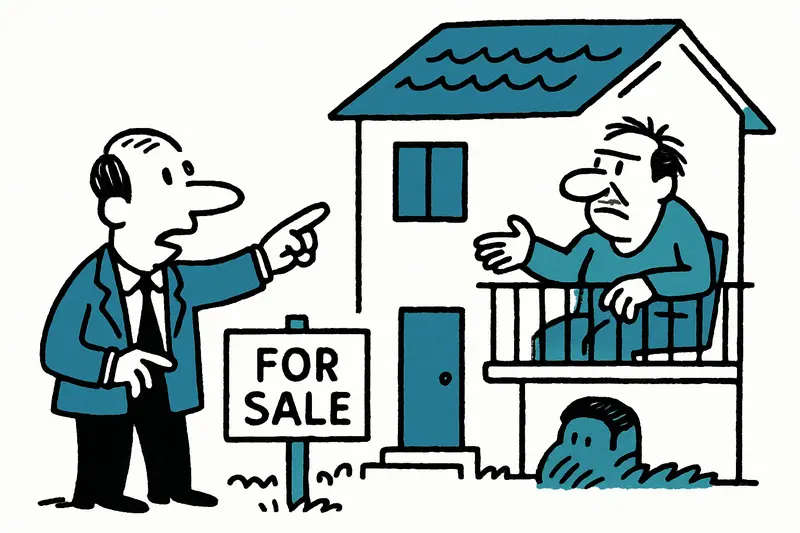
Nearly 500 Occupied Houses for Sale on the Balearic Islands – What It Means for Buyers and Neighbors
Currently, nearly 500 occupied properties are listed for sale on the Balearics. We explain how common this is, where it ...
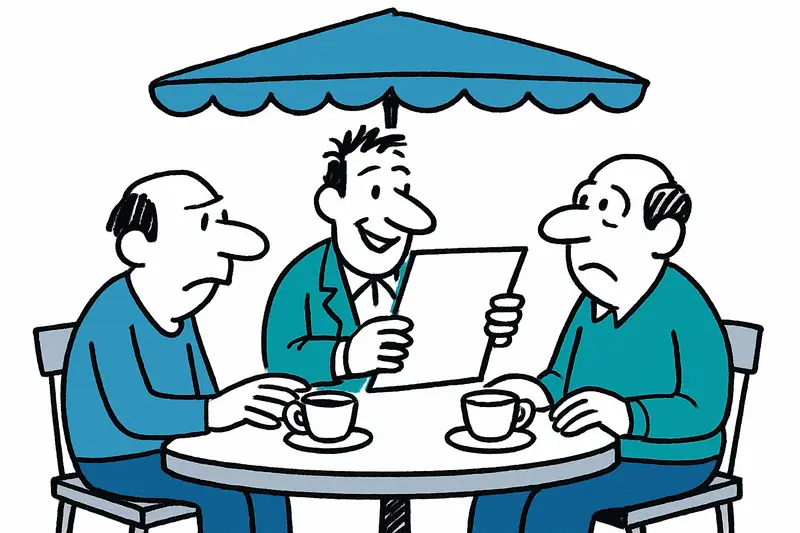
Real estate fraud in Mallorca: New Yorker couple loses over a million in a property purchase
A home purchase on the island ended in a tangle of forged emails and fake notary accounts. The lesson: skepticism is som...
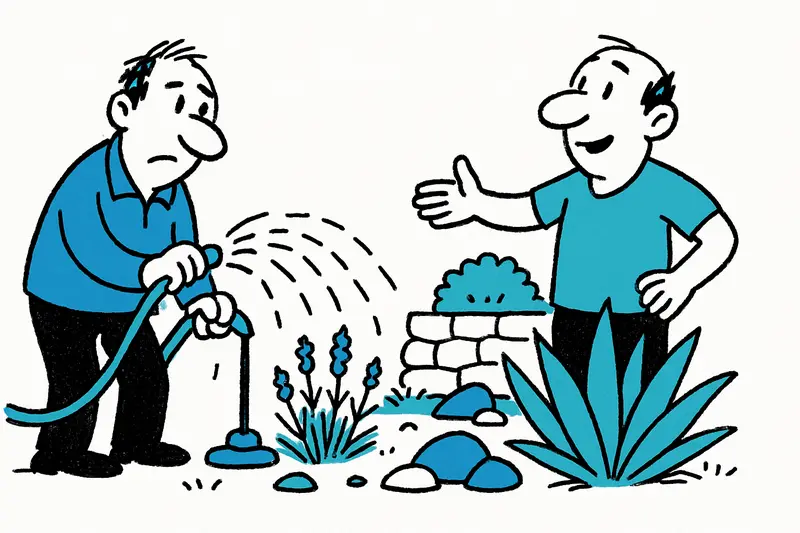
Water Saving in the Garden: How Fincaplantas on Mallorca Creates Dry, Beautiful Gardens
Water shortage is a daily reality on the island. A family-run business from Llucmajor shows how well-designed Mediterran...
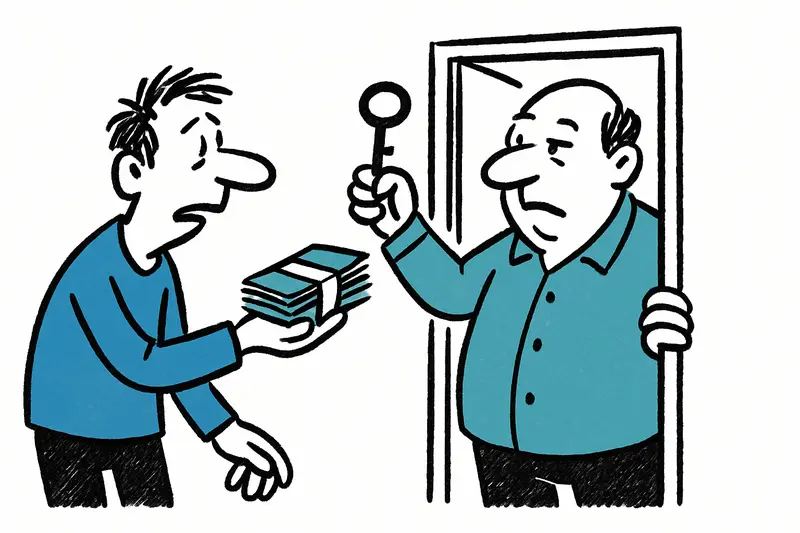
Shared rooms in Palma: Scarcity and higher prices (Q3 2025 figures)
Shared rooms on Mallorca are in higher demand than ever: more listings, but prices are rising as well. How much does a r...
More to explore
Discover more interesting content

Experience Mallorca's Best Beaches and Coves with SUP and Snorkeling

Spanish Cooking Workshop in Mallorca

